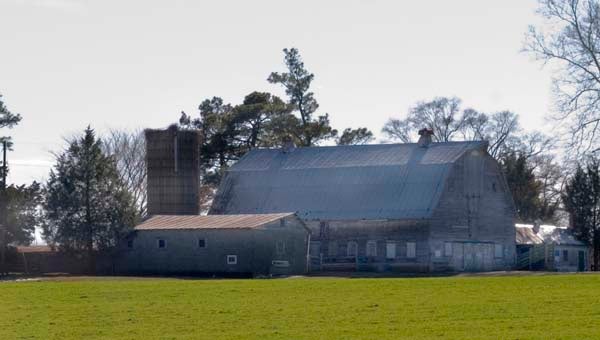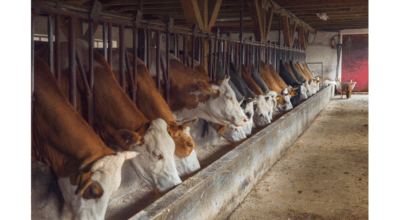Historic Rawls farm sold to Chesapeake company
Published 9:38 am Wednesday, February 20, 2013

A one-time dairy barn on Rawlsdale Road in Southampton County is part of the Sol Rawls farm, which was recently sold. Blue Fox Stables rents the stables next to the barn. — ANDREW FAISON/TIDEWATER NEWS
BY ANDREW FAISON/CONTRIBUTING WRITER
andrew.faison@tidewaternews.com
FRANKLIN—It will be business as usual on the historic, 390-acre Southampton County farm recently sold for $659,900 by retired Franklin businessman Sol W. Rawls.
“We will continue to rent the property out to be farmed as it has been in the past,” said new owner David Storms with Cedar Hills of Chesapeake.
Franklin-area resident Walt Young will continue to grow crops — primarily cotton and soybeans — on the farm.
Rawls did not want to comment on the sale of the farm, but his son, Waite, said his father purchased the farm after World War II. The initial 100 acres off Clay Street began as a registered angus farm.
“We had to keep meticulous records on all of the cattle on that farm,” said Waite Rawls, president and chief executive officer for the Museum of the Confederacy in Richmond. “Each calf born had to be registered, and absolutely no mixed breeds were allowed on our farm.”
On the original farm, 40 acres were swamp land. In the mid-1960s, the swamp was drained using a canal system.
“That was some of the best quail hunting in the area,” Waite Rawls said.
Also in the 1960s, Sol Rawls purchased 250 acres from the estate of his great-uncle, Dr. Joel Cutchins Rawls, a longtime Franklin doctor.
The property included a home built in the late 1700s and a dairy barn.
“You would be surprised at the number of dairy farms that were located in the area back in the ‘50s,” Waite Rawls said. “There were dairy farms all around Franklin.”
The majority of the 250 acres was and is still used for crops including corn, peanuts, cotton and milo.





